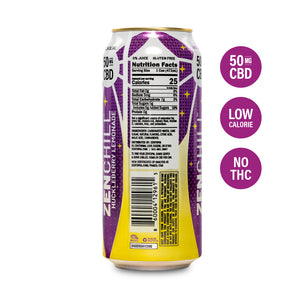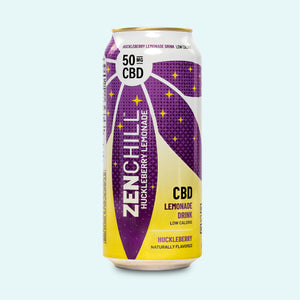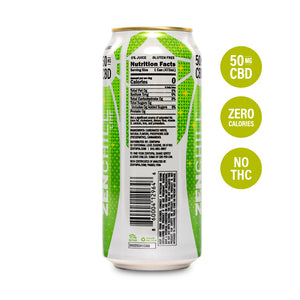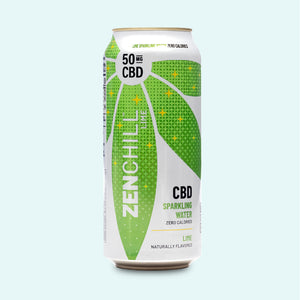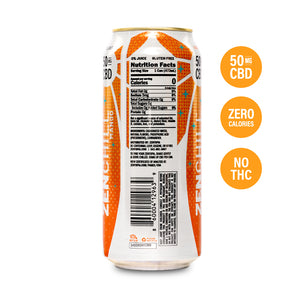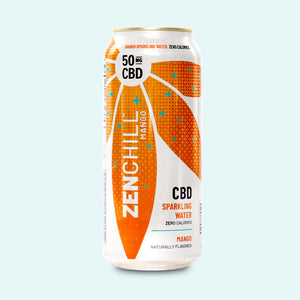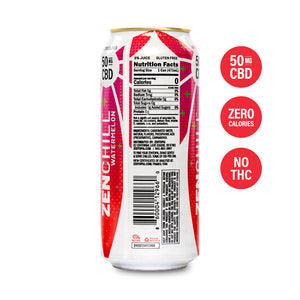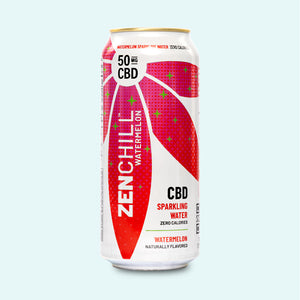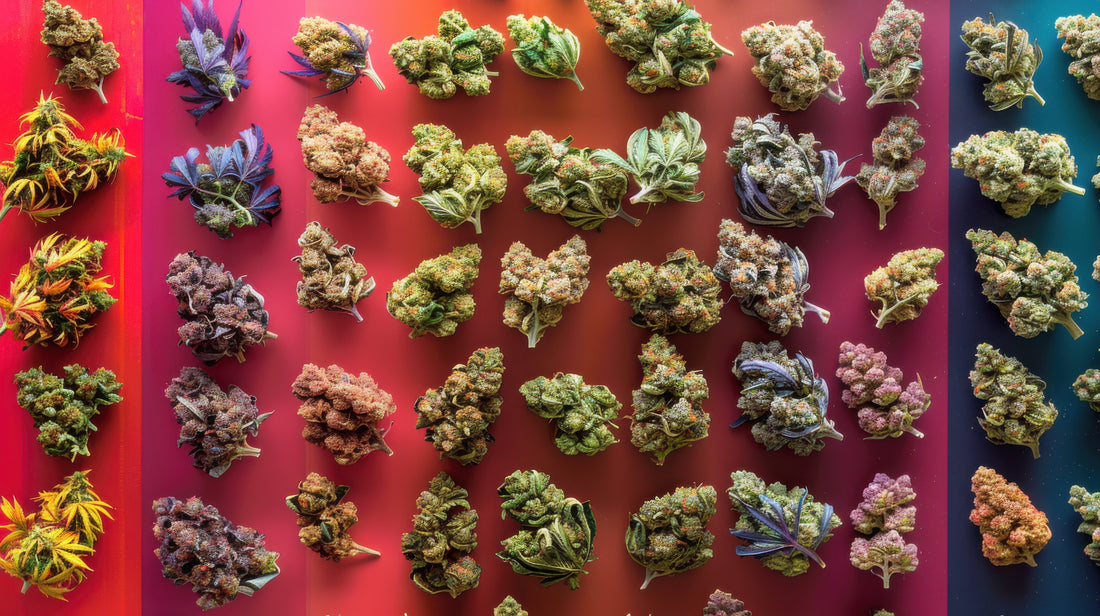
What is the Difference Between CBD Flower and CBD Biomass?
The world of CBD can be confusing, especially when you start hearing terms like CBD flower and CBD biomass. While both are sources of CBD, they come from different parts of the hemp plant and serve different purposes in the CBD industry. Whether you’re a consumer looking to buy CBD products or a business aiming to source raw materials, understanding the difference between CBD flower and CBD biomass can help you make informed decisions.
In this comprehensive guide, we’ll explore what these terms mean, how they are used, and why it matters for the quality and price of the CBD products you purchase. You’ll also learn why Zentopia only uses CBD flower in their beverages, ensuring a premium experience.
What is CBD Flower?
Definition of CBD Flower
CBD flower refers to the buds of the hemp plant, which are rich in cannabinoids and terpenes. These flowers are the most valuable part of the plant because they contain the highest concentration of CBD (cannabidiol) along with other beneficial compounds like CBG (cannabigerol) and CBN (cannabinol).
Unlike biomass, which includes leaves, stems, and other plant material, CBD flower is carefully harvested and cured to preserve its potency. This is why products made from CBD flower are considered premium and tend to be more expensive.
Why CBD Flower is Valuable
CBD flower is packed with cannabinoids and terpenes that interact with the body’s endocannabinoid system, delivering effects like relaxation, pain relief, and mood enhancement. Since it is rich in terpenes (aromatic compounds found in plants), it also offers a variety of flavors and aromas, making it ideal for smoking, vaping, or making high-quality tinctures.
-
High cannabinoid content: Contains more CBD and other cannabinoids than other parts of the hemp plant.
-
Full-spectrum benefits: Offers a broad range of cannabinoids and terpenes, contributing to the entourage effect (the synergy between cannabinoids).
-
Ideal for smoking and vaping: Its rich terpene profile makes it flavorful and enjoyable for these consumption methods.
Uses of CBD Flower
-
Smoking and vaping: Due to its high terpene content, CBD flower is often used for smoking and vaping, delivering rapid effects.
-
Tinctures and oils: High-quality CBD tinctures are often made using CBD flower to ensure potency.
-
Topicals and edibles: Though less common, some premium topicals and edibles may incorporate CBD flower for its rich cannabinoid profile.
What is CBD Biomass?
Definition of CBD Biomass
CBD biomass refers to the leftover material from the hemp plant after the CBD-rich flowers are harvested. Biomass typically includes stems, leaves, stalks, and sometimes lower-quality flowers. Although biomass contains CBD, it has a much lower concentration of cannabinoids and terpenes compared to the flower.
Biomass is a cost-effective source of CBD, which is why it’s commonly used for large-scale extraction to produce products like oils, tinctures, and edibles. However, it lacks the flavor, potency, and versatility of CBD flower, making it less suitable for high-end products.
Why CBD Biomass is Used
While biomass contains fewer cannabinoids, it is cheaper to produce and buy in bulk. This makes it ideal for industrial-scale extraction, where large amounts of raw material are processed to create CBD products. Biomass is most commonly used in products where taste and aroma are not essential, such as CBD isolates or broad-spectrum oils.
-
Cost-effective: Lower cost than CBD flower, making it suitable for producing affordable CBD products.
-
Mass production: Easier to scale due to the abundance of plant material.
-
Low terpene content: Not ideal for smoking or vaping, as it lacks flavor and aroma.
Uses of CBD Biomass
-
CBD oil extraction: Biomass is commonly used for large-scale extraction of CBD oils and isolates.
-
Edibles: Often used in products like CBD gummies and capsules where flavor is masked.
-
Topicals: Biomass is ideal for lotions and creams where potency is less critical.
Key Differences Between CBD Flower and CBD Biomass
CBD Content and Cannabinoid Profile
The most significant difference between CBD flower and CBD biomass lies in their cannabinoid content. CBD flower is rich in cannabinoids, particularly CBD, making it a more potent source for high-quality products. In contrast, CBD biomass contains lower levels of CBD and fewer cannabinoids overall.
|
Material |
CBD Content |
Cannabinoid Profile |
|
CBD Flower |
High CBD concentration |
Full-spectrum with various cannabinoids (CBG, CBN, etc.) |
|
CBD Biomass |
Lower CBD concentration |
Fewer cannabinoids, mainly used for extraction |
Terpene and Flavor Profile
CBD flower is celebrated for its rich terpene content, which gives it strong flavors and aromas. This makes it ideal for smoking or vaping, where these sensory qualities matter. On the other hand, CBD biomass has fewer terpenes, which is why it’s mainly used for extraction purposes rather than for smoking or vaping.
-
CBD flower: Retains a rich terpene profile, offering a full-spectrum flavor and aroma experience.
-
CBD biomass: Lacks the flavor and aroma of CBD flower, making it less desirable for products that emphasize taste.
Price and Cost-Effectiveness
Because of its high-quality nature and superior cannabinoid profile, CBD flower is more expensive to produce and buy. In contrast, CBD biomass is much more affordable due to its lower CBD content and broader availability.
|
Material |
Price |
Usage |
|
CBD Flower |
Higher price due to quality |
Premium products, smoking, tinctures |
|
CBD Biomass |
Lower cost, ideal for mass production |
Large-scale extraction, edibles, topicals |
Zentopia’s Commitment to Quality: Why We Use Only CBD Flower
At Zentopia, we are committed to providing our customers with the highest-quality CBD beverages. This is why we use only CBD flower in our products. CBD flower ensures that each of our beverages delivers the full spectrum of benefits that CBD has to offer, including rich cannabinoid and terpene profiles, ensuring a superior experience.
Why Zentopia Avoids CBD Biomass
While CBD biomass is a cost-effective option for producing CBD products, it lacks the potency and flavor that we prioritize at Zentopia. Using CBD flower allows us to maintain the highest standards of quality in our CBD beverages, ensuring that you receive all the benefits of a full-spectrum CBD experience in every can.
-
Health benefits: Using CBD flower ensures our products are rich in beneficial cannabinoids and terpenes, providing relaxation, stress relief, and mood enhancement.
-
Superior flavor: The terpene profile of CBD flower enhances the taste and aroma of our beverages, offering a refreshing and enjoyable experience.
The Impact on Flavor and Effects
-
Better flavor: Because CBD flower retains more terpenes, Zentopia’s beverages have a natural, refreshing taste that is hard to achieve with biomass-derived products.
-
Enhanced effects: The richer cannabinoid profile of CBD flower ensures that our drinks provide a full-spectrum experience, enhancing both relaxation and wellness.
By exclusively using CBD flower, Zentopia sets itself apart from other brands that may cut costs by using CBD biomass. We believe in delivering the highest quality product to our customers, which is why CBD flower is the only choice for us.
Pros and Cons of Using CBD Flower
Pros of CBD Flower
-
High CBD content: CBD flower offers higher concentrations of CBD, making it ideal for high-potency products.
-
Rich terpene profile: The full flavor and aroma of CBD flower make it perfect for smoking, vaping, and other consumption methods where taste matters.
-
Full-spectrum benefits: Contains a wide range of cannabinoids, offering the entourage effect for a more comprehensive experience.
Cons of CBD Flower
-
Higher cost: Due to the careful harvesting and curing process, CBD flower is more expensive than biomass.
-
Limited scalability: CBD flower is harder to produce in bulk, making it less suitable for industrial-scale production.
-
Perishability: CBD flower needs proper storage to maintain its potency and freshness, as it can degrade over time.
Pros and Cons of Using CBD Biomass
Pros of CBD Biomass
-
Cost-effective: CBD biomass is much cheaper than CBD flower, making it ideal for mass production.
-
Scalable: Biomass is more abundant and easier to process in large quantities.
-
Versatile extraction: Biomass can be used to create a wide range of CBD products, including oils, tinctures, and isolates.
Cons of CBD Biomass
-
Lower potency: CBD biomass has a lower concentration of cannabinoids compared to CBD flower.
-
Less flavorful: With fewer terpenes, biomass-derived products lack the rich flavors and aromas of flower-based products.
-
More processing required: Biomass needs more extensive processing to isolate CBD and remove impurities.
Which One Should You Choose? CBD Flower vs. CBD Biomass
Consider Your Purpose
-
CBD flower: If you’re looking for high-quality, full-spectrum CBD products with rich flavors and aromas, CBD flower is the ideal choice. It’s perfect for premium tinctures, vaping, and smoking, where potency and taste are paramount.
-
CBD biomass: If you’re a manufacturer aiming for cost-effective extraction to produce CBD oils, isolates, or edibles on a large scale, CBD biomass is more suitable due to its affordability and scalability.
Why Zentopia Chooses CBD Flower
At Zentopia, we believe in offering only the best to our customers. By using CBD flower in all of our beverages, we ensure that our products deliver a superior experience in terms of both flavor and effect. We prioritize quality over cost-efficiency, so you can be confident that every can of Zentopia offers the full benefits of CBD flower.
How to Source High-Quality CBD Flower and Biomass
What to Look for in CBD Flower
-
Third-party lab testing: Always check for independent lab reports to confirm the potency and purity of CBD flower.
-
Organic farming: Opt for CBD flower grown using organic methods to avoid contaminants like pesticides or heavy metals.
-
Rich terpene content: Look for flower with a strong terpene profile for better flavor and aroma.
What to Look for in CBD Biomass
-
Bulk suppliers: Biomass is typically sold in large quantities; ensure you’re buying from reputable hemp producers with consistent quality.
-
Extraction suitability: Choose biomass that’s suitable for your preferred extraction method, whether CO₂, ethanol, or another technique.
-
Cost per kilo: Compare prices across suppliers to get the best value for high-quality biomass.
Understanding the differences between CBD flower and CBD biomass is essential whether you’re a CBD consumer or a business in the CBD industry. CBD flower offers a potent, full-spectrum cannabinoid profile ideal for premium products, while CBD biomass provides a cost-effective solution for large-scale CBD production. At Zentopia, we pride ourselves on using only CBD flower to ensure our beverages deliver the highest quality experience, rich in cannabinoids and terpenes for enhanced wellness and relaxation. If you're looking for premium CBD products that prioritize quality over quantity, check out Zentopia’s selection of full-spectrum good-for-you, feel-good CBD drinks.


